|
Treasure Hunting 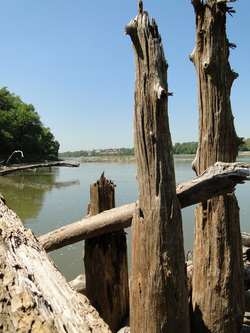 It put a bug in his ear--the news report that told about the Steamboat Montana resurfacing because of the drought. It fascinated him, and he put a hike along the Missouri River on his to do list. My friend Bill is a scavenger, and I mean that in the nicest way. He spends some time almost every day hiking someplace, and he finds something of interest probably every week—old and odd things, tools, coins, and once even a pistol lying in a creek bed (a starting pistol, he later found out). He comes by it all honestly, always on a mission to recycle and leave places better than he found them, carrying a 5 gallon bucket to pick up the trash, cans and other litter of which there is no end. Every now and then, I grab my camera and tag along, and we hike the rivers and creeks nearby. Well, the Missouri is a real big river, and the Montana a real big find. The ship was the largest stern wheel steamboat that ever
And I wondered at all her secrets, the good and the bad of it. The life in her and the life she spreads to the fields and the farmers and the commerce which rides the stream and supports so many, the men who lay dead in her, the disease she sometimes spread and the destruction she causes when she’s had more than her fill. She was beautiful and tattered, a mother and a shrew.
6 Comments
Bill Murphy knows. President of the St. Patrick's of Armagh Board of Trustees, his ties to the church stretch way back. "My great grandfather laid one of the first cornerstones of that church in 1856," Murphy said. "My mother was married there, said her catechism there, had her wedding breakfast there. My brother was the last one baptized there before it closed." In fact his great grandfather, an immigrant from Ireland was a stone mason and took the train to Catawissa from Tower Grove, then walked to the church from station, staying with family at night and working on the church during the day. His son, Murphy's grandfather, helped to rebuild the church when it burned in 1885. Now, at 80, Murphy can be counted among those who have helped saved the church.
|
AuthorTracey Bruce is a freelance writer and photographer who formerly covered news and events in the Highway 30 Corridor. Archives
December 2021
Categories
All
|
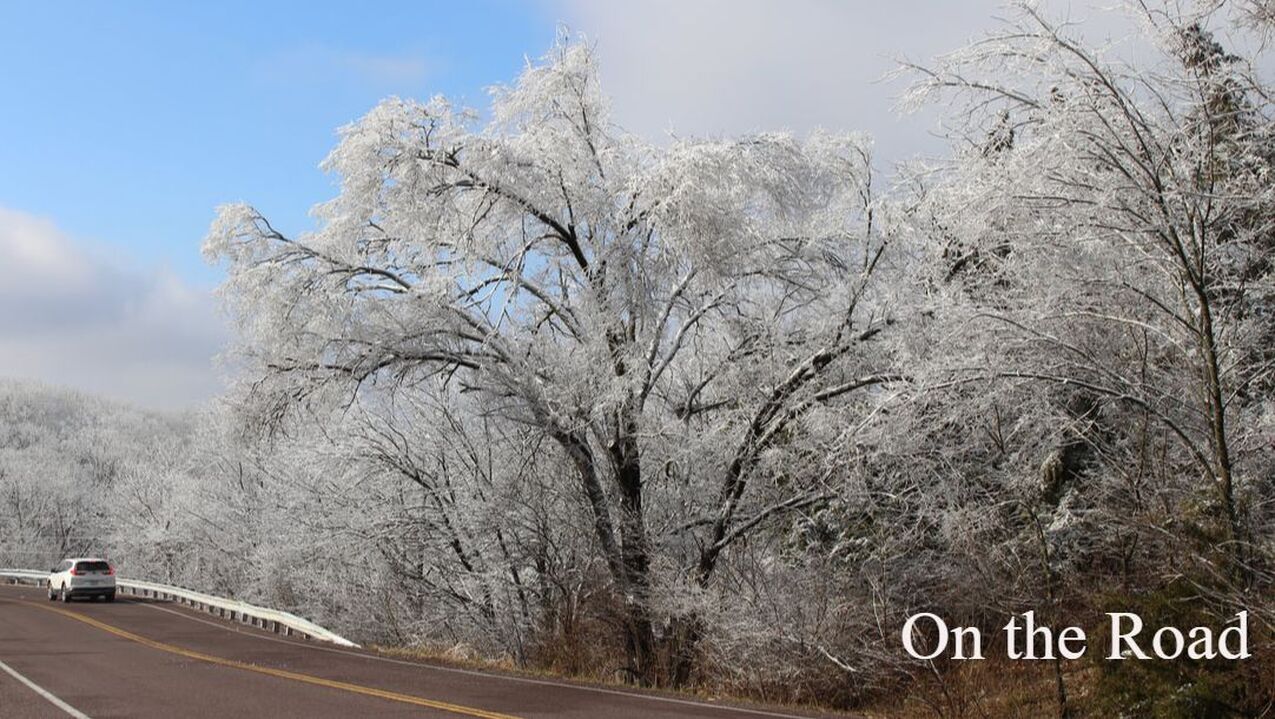
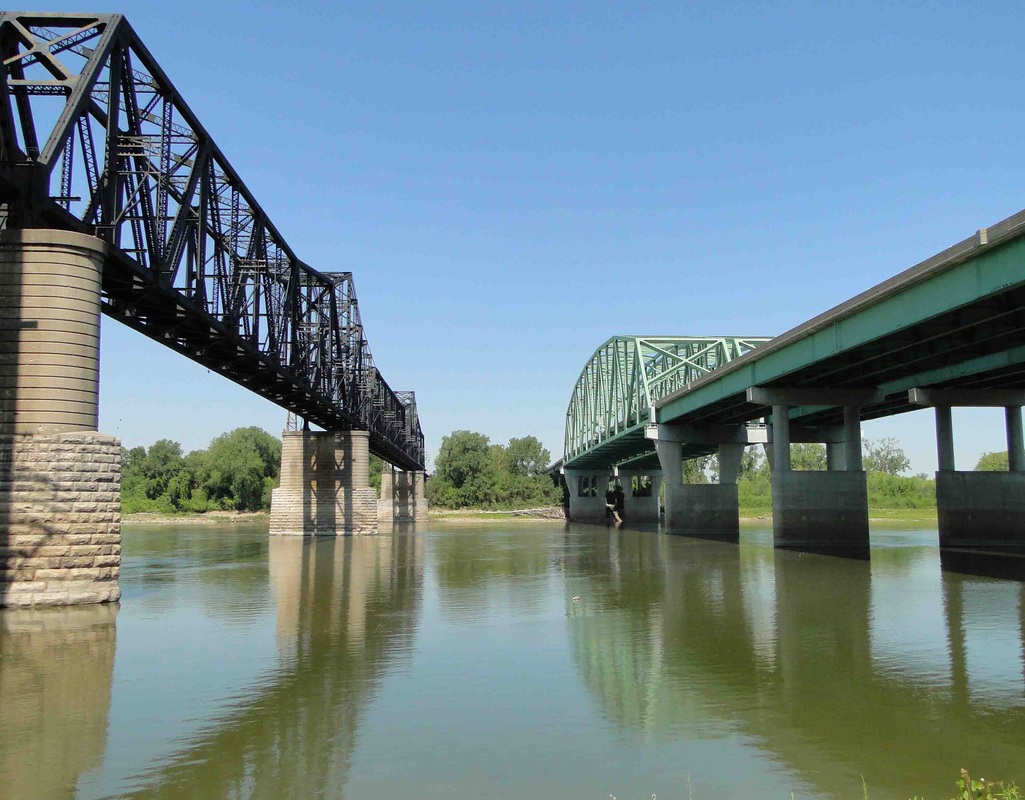
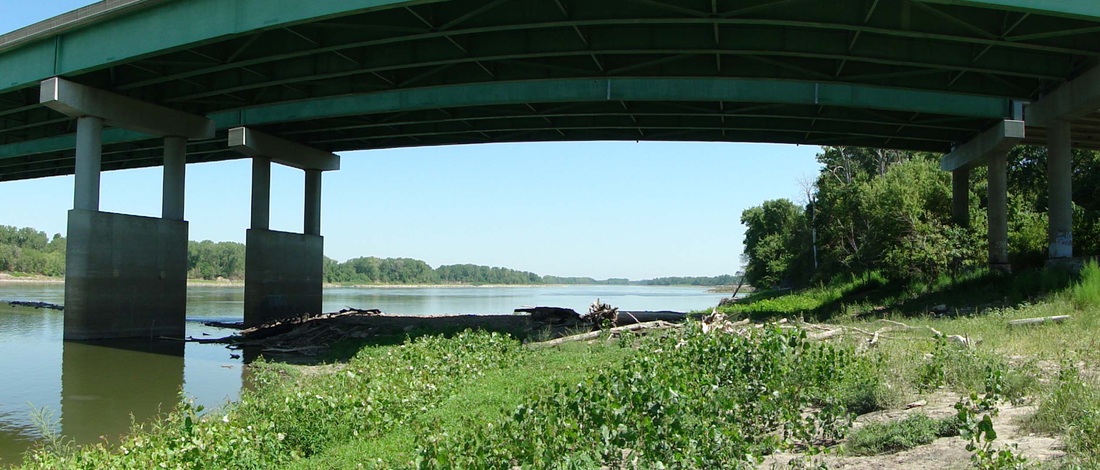
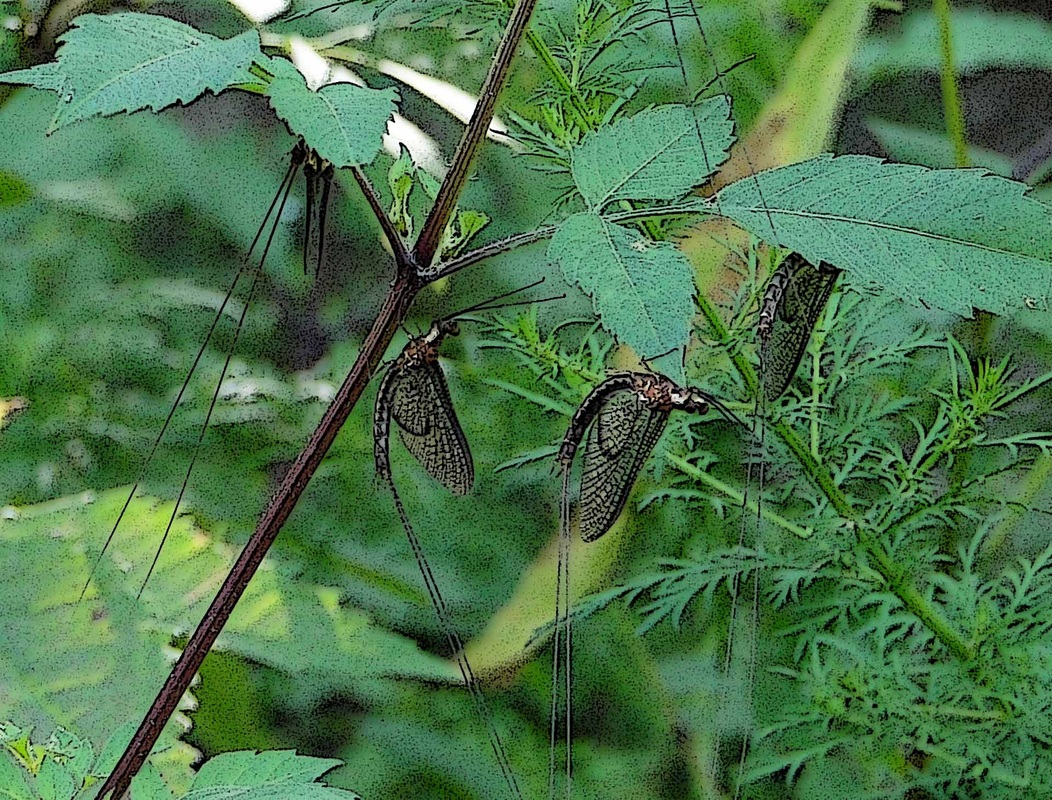
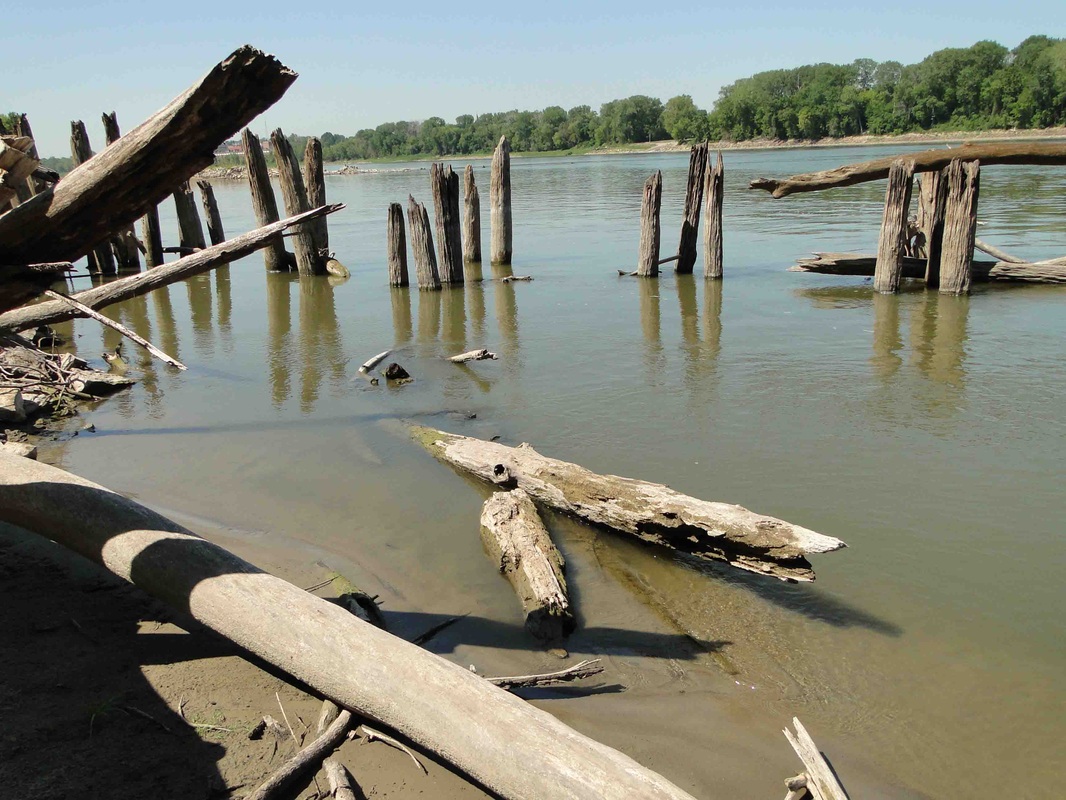



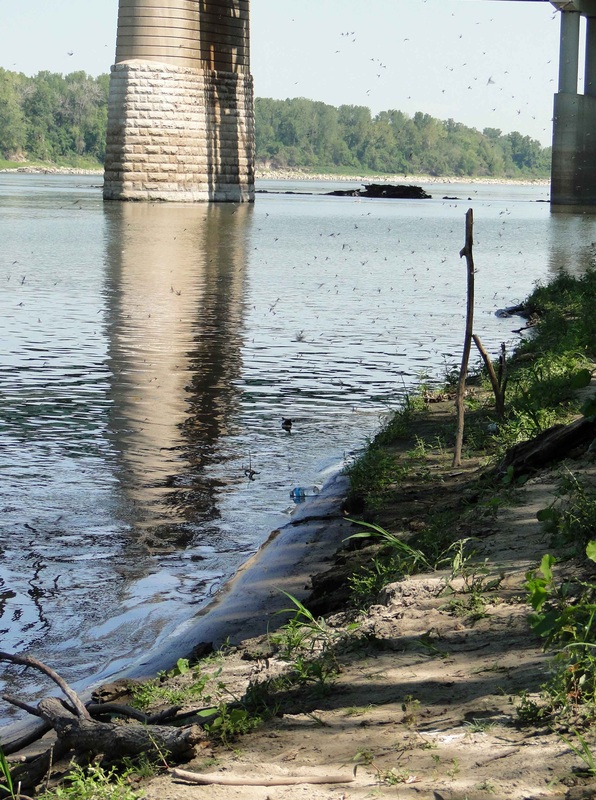


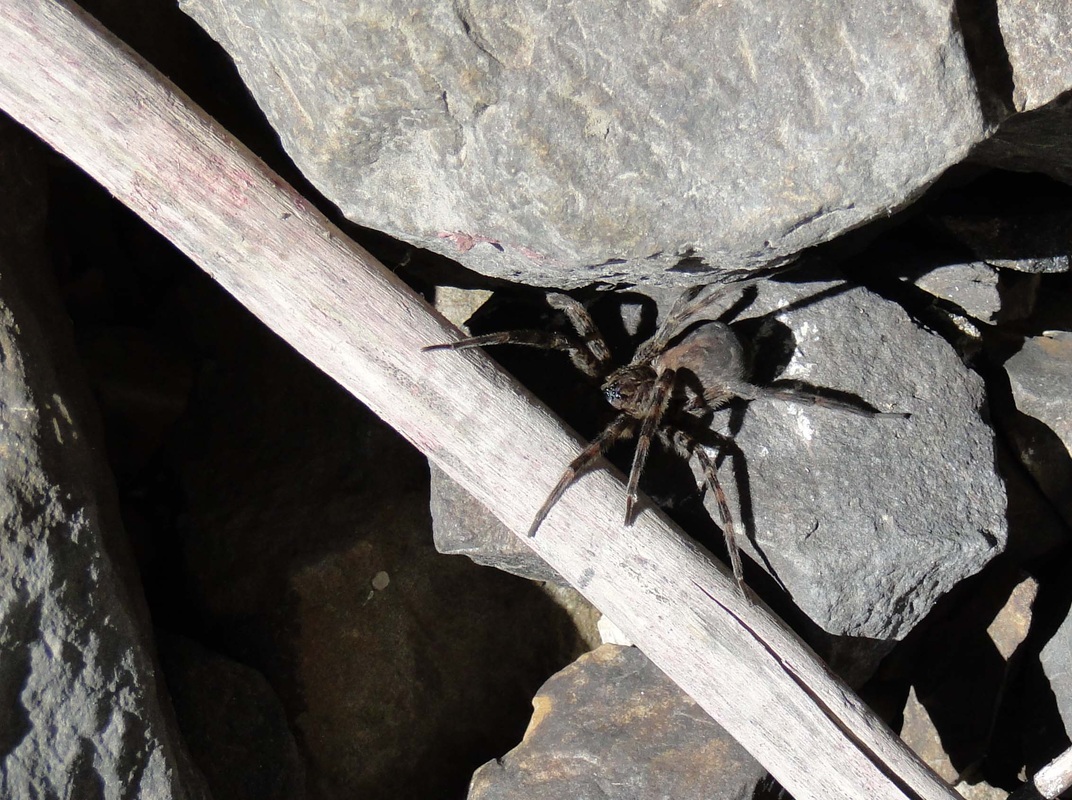



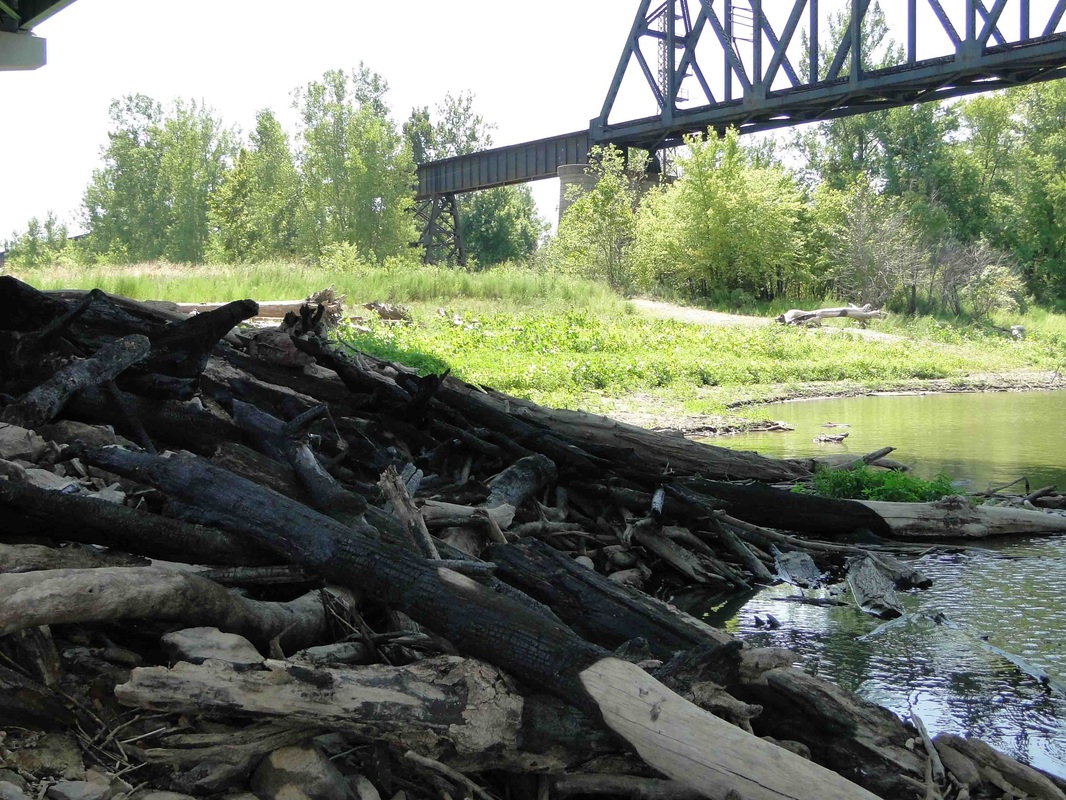
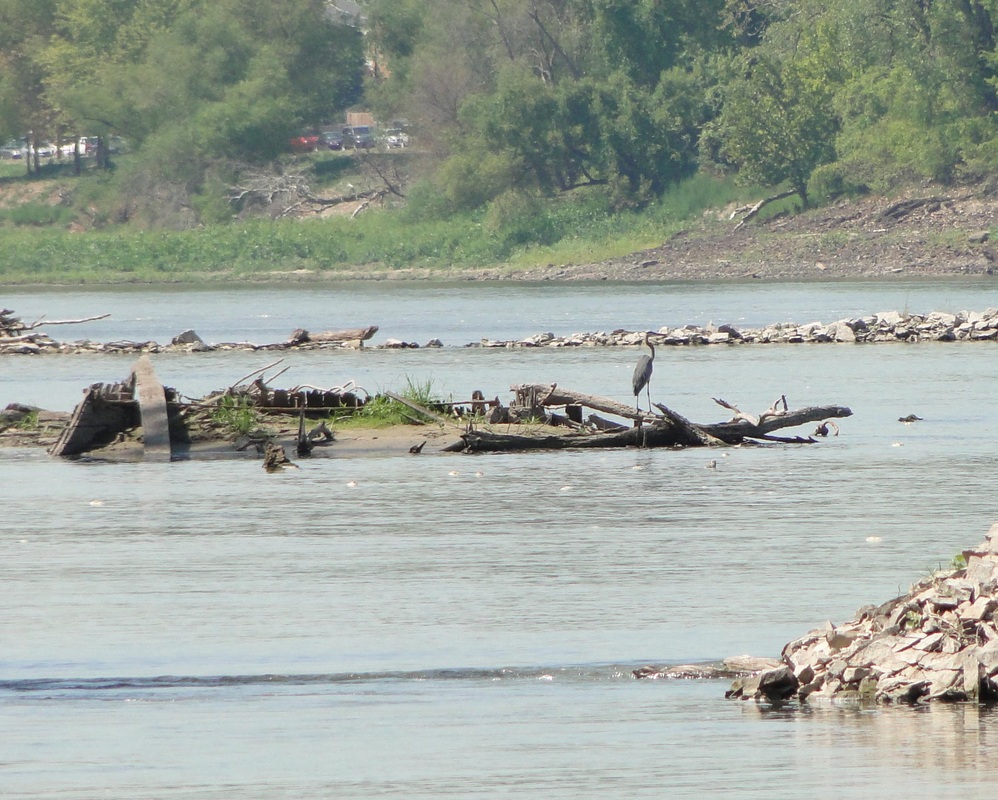
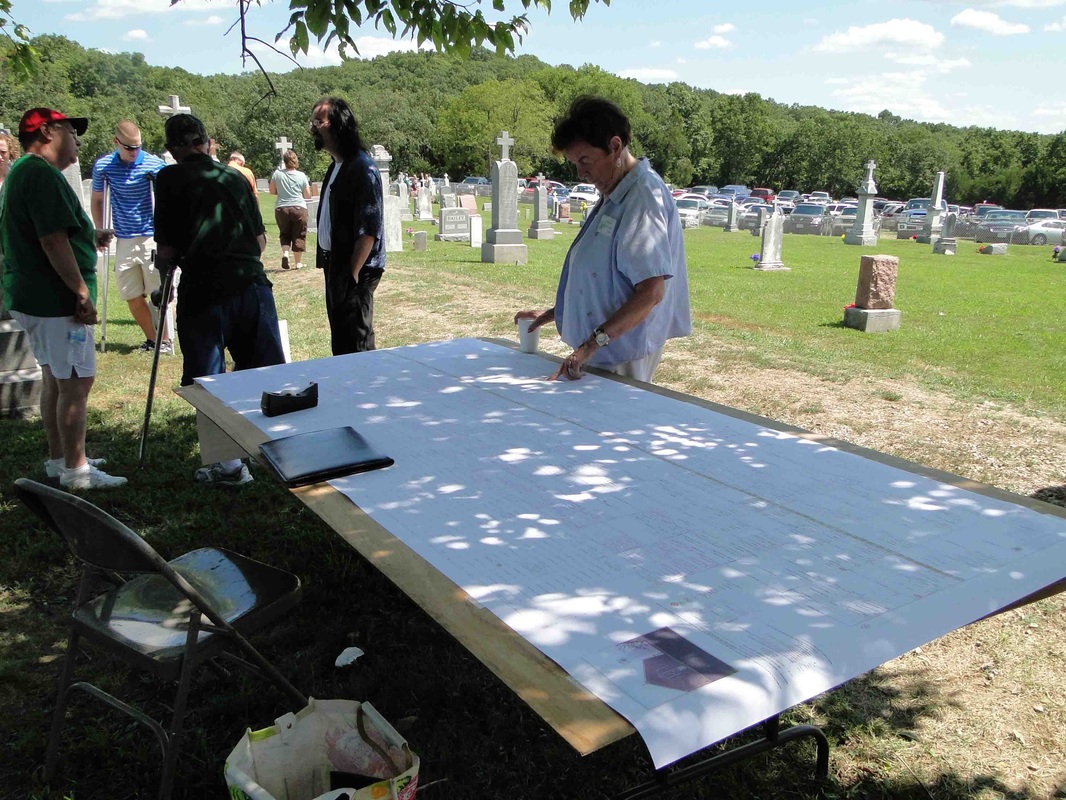
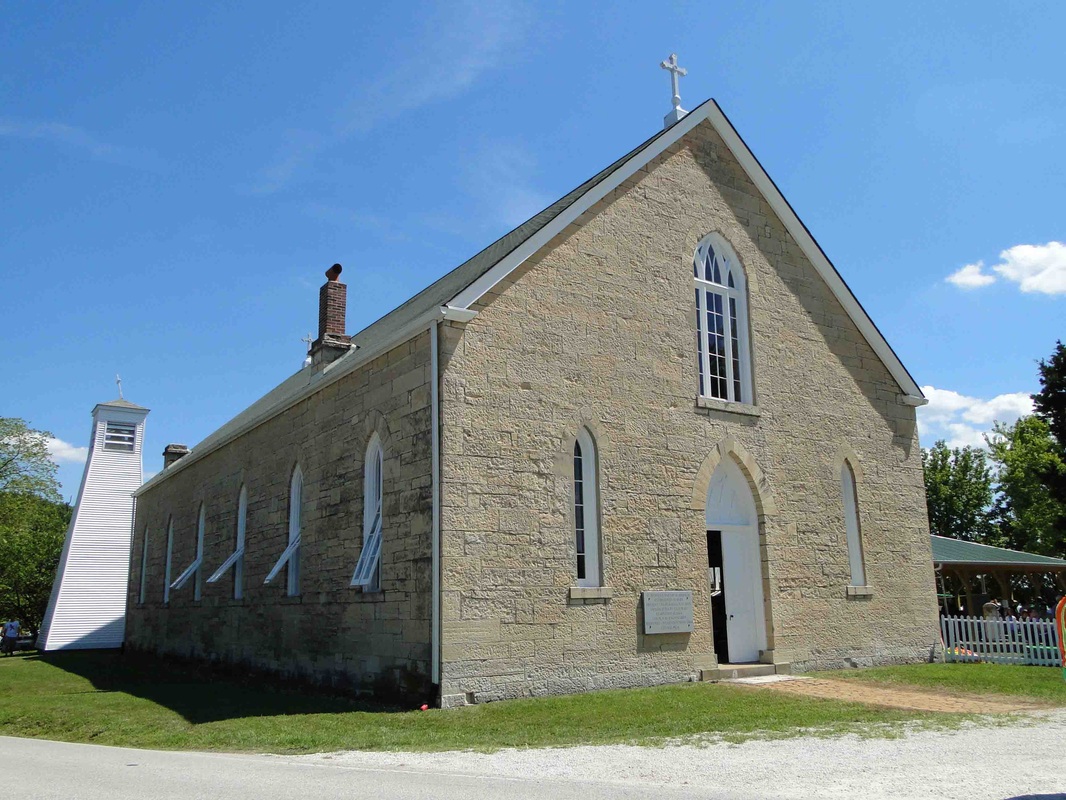
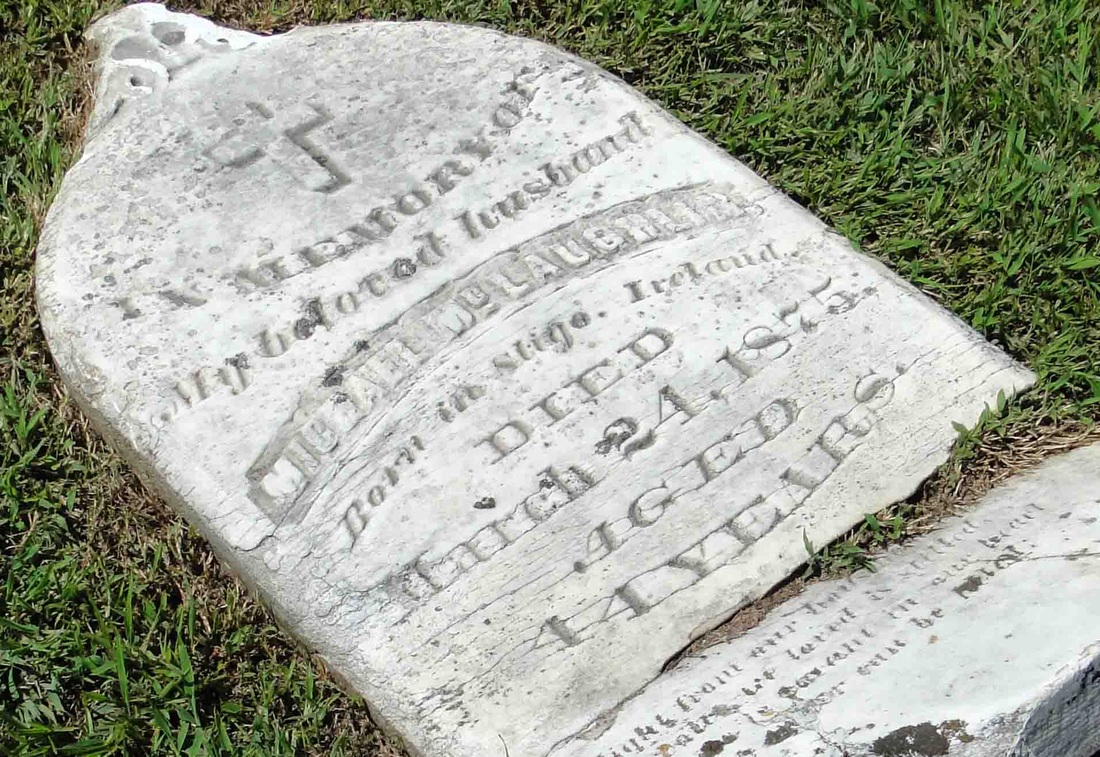
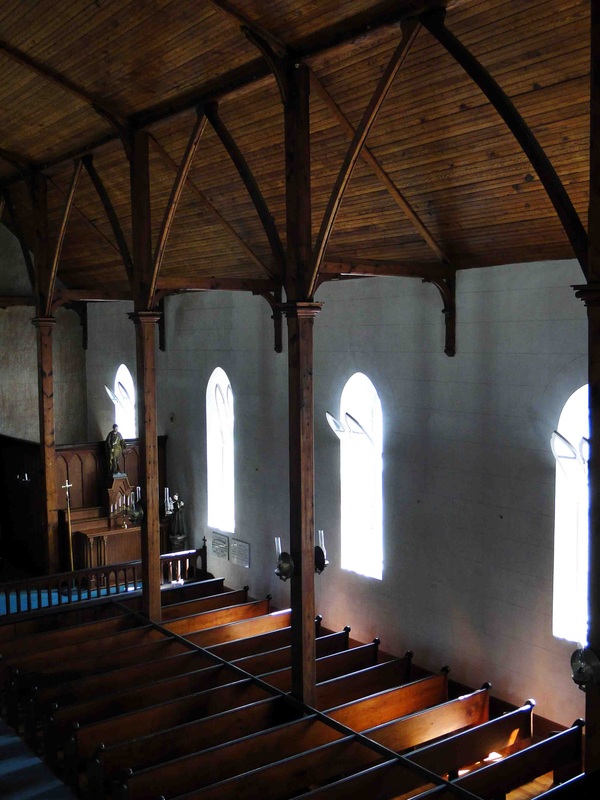
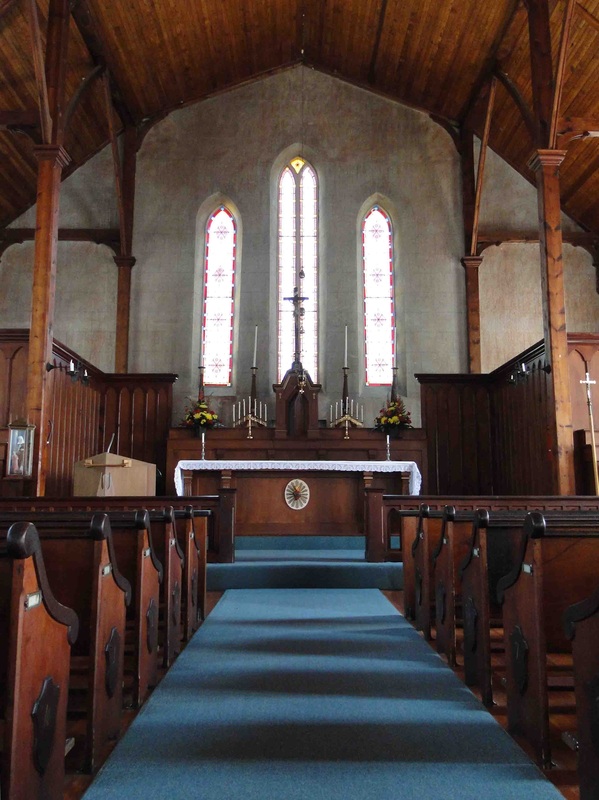
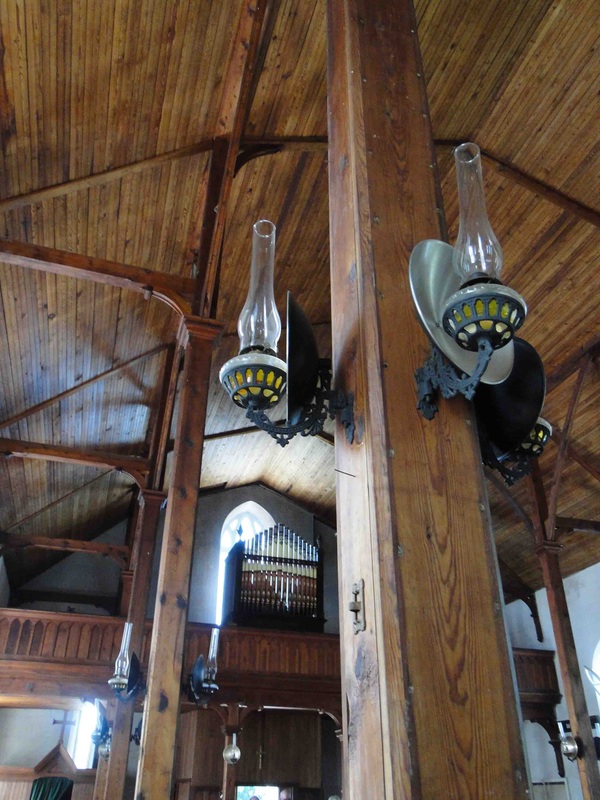
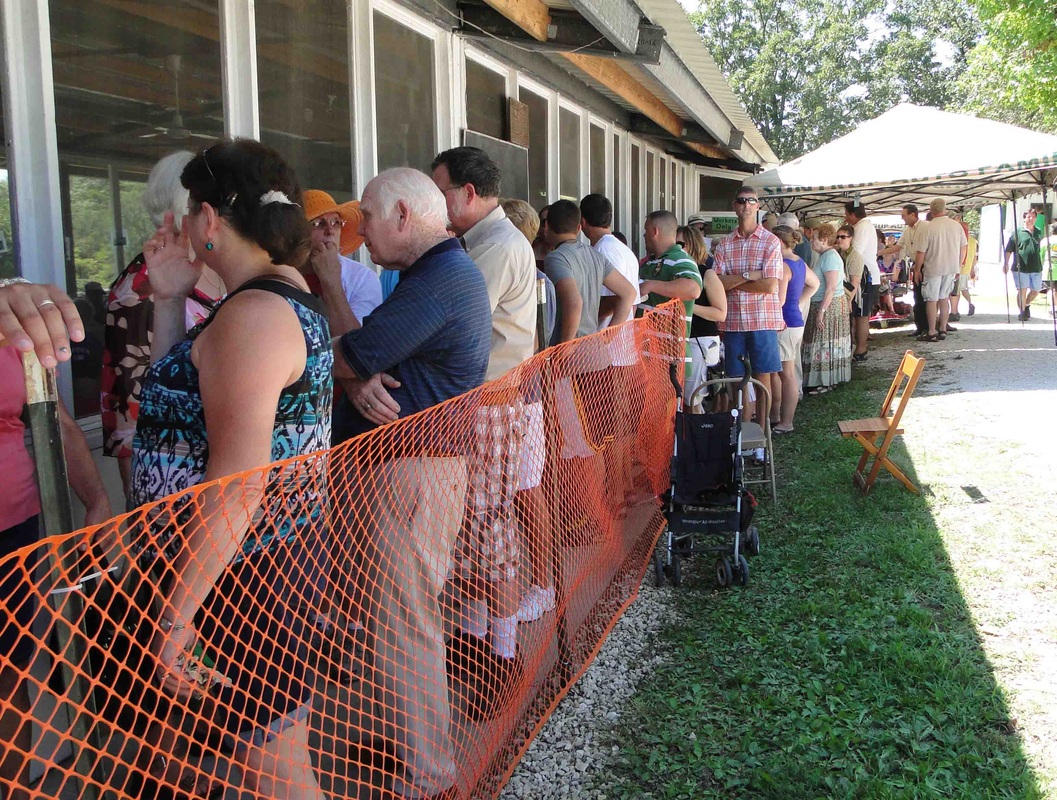
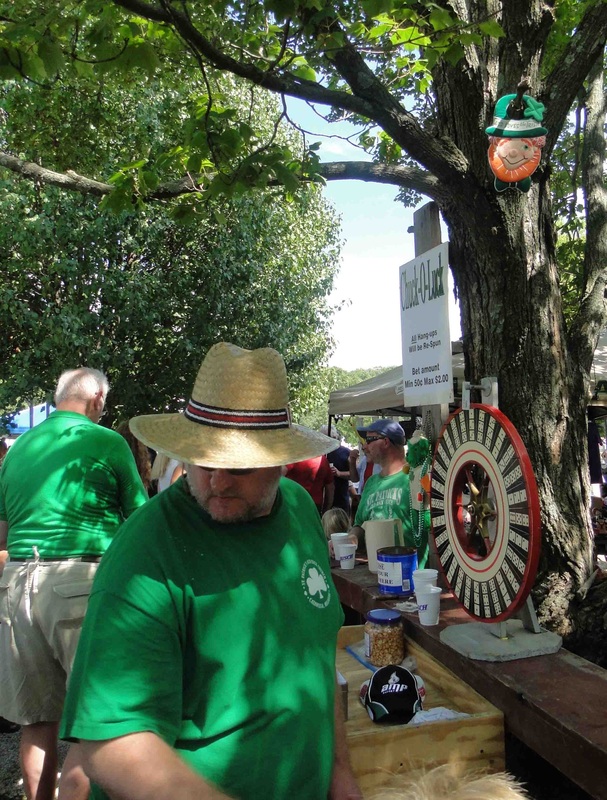

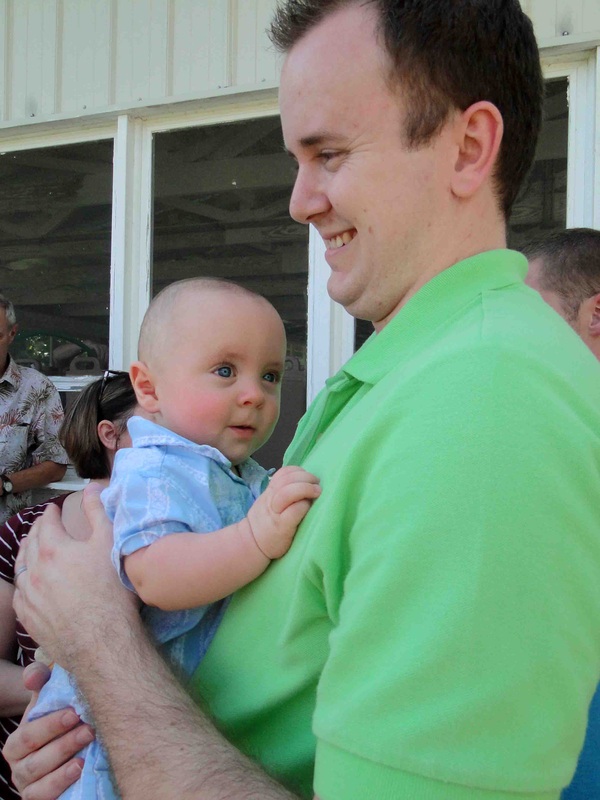
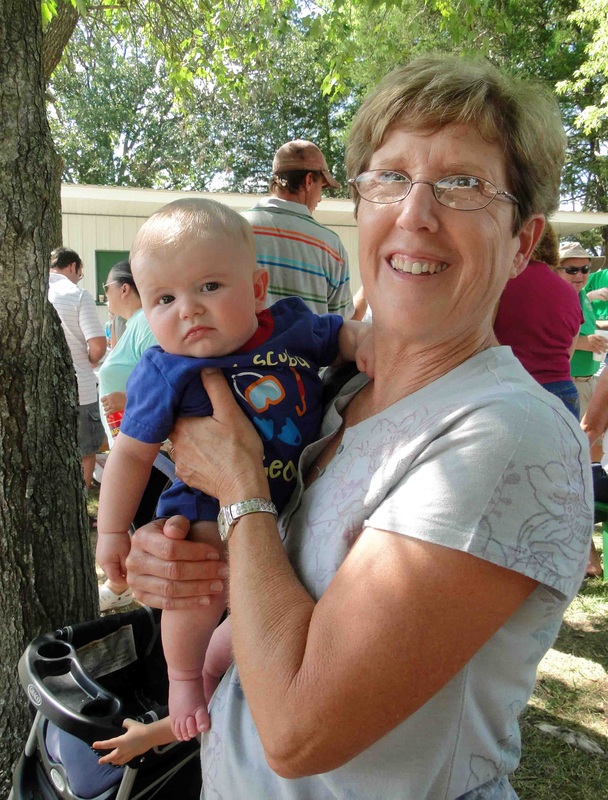
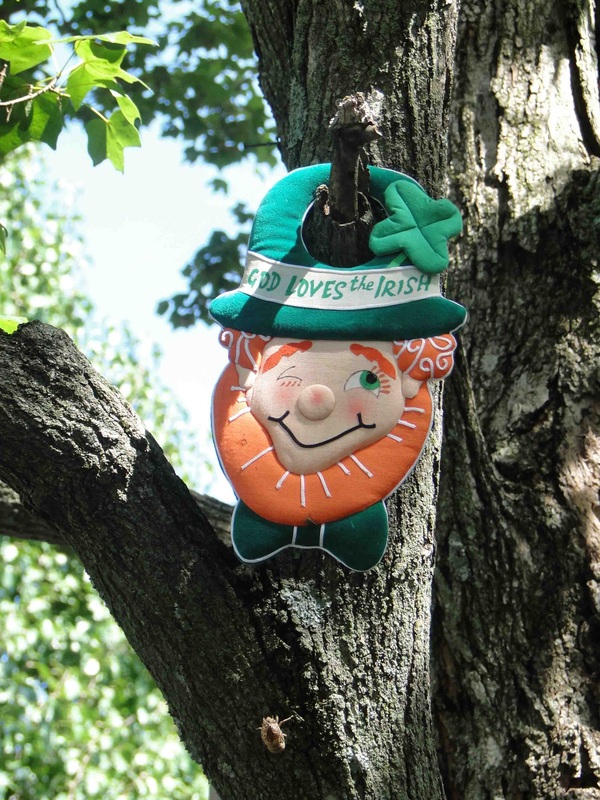
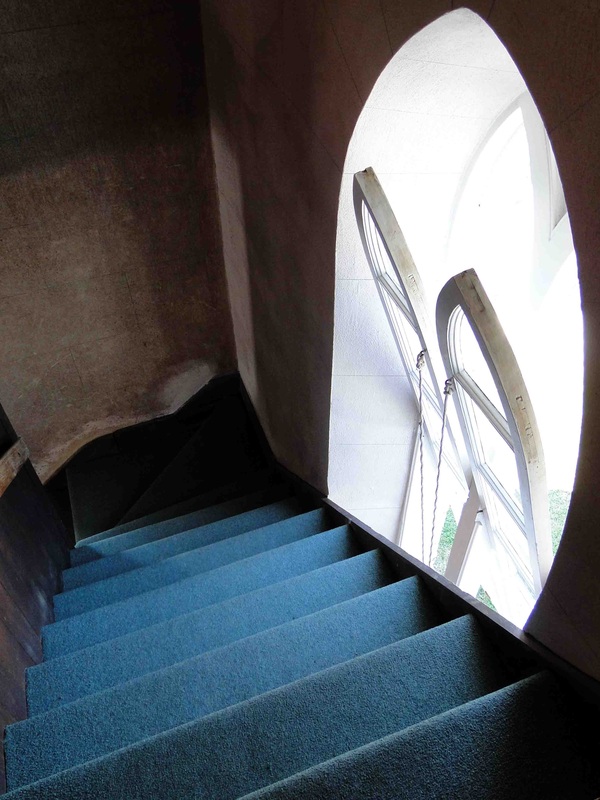
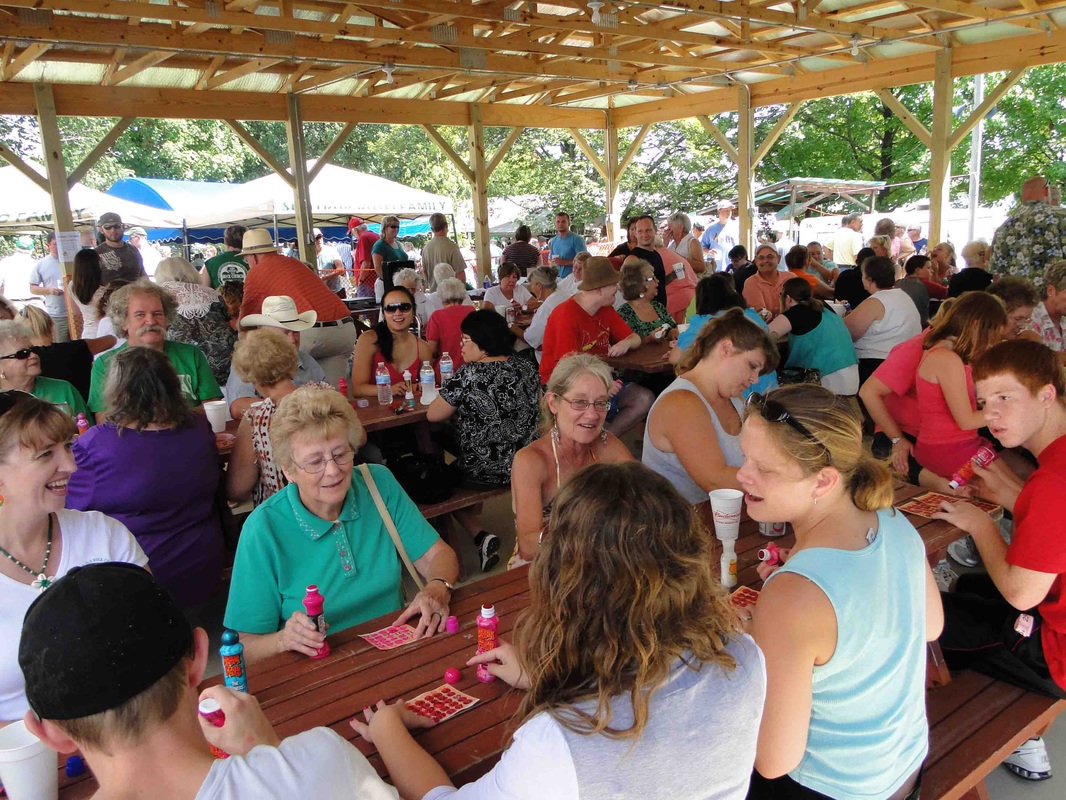
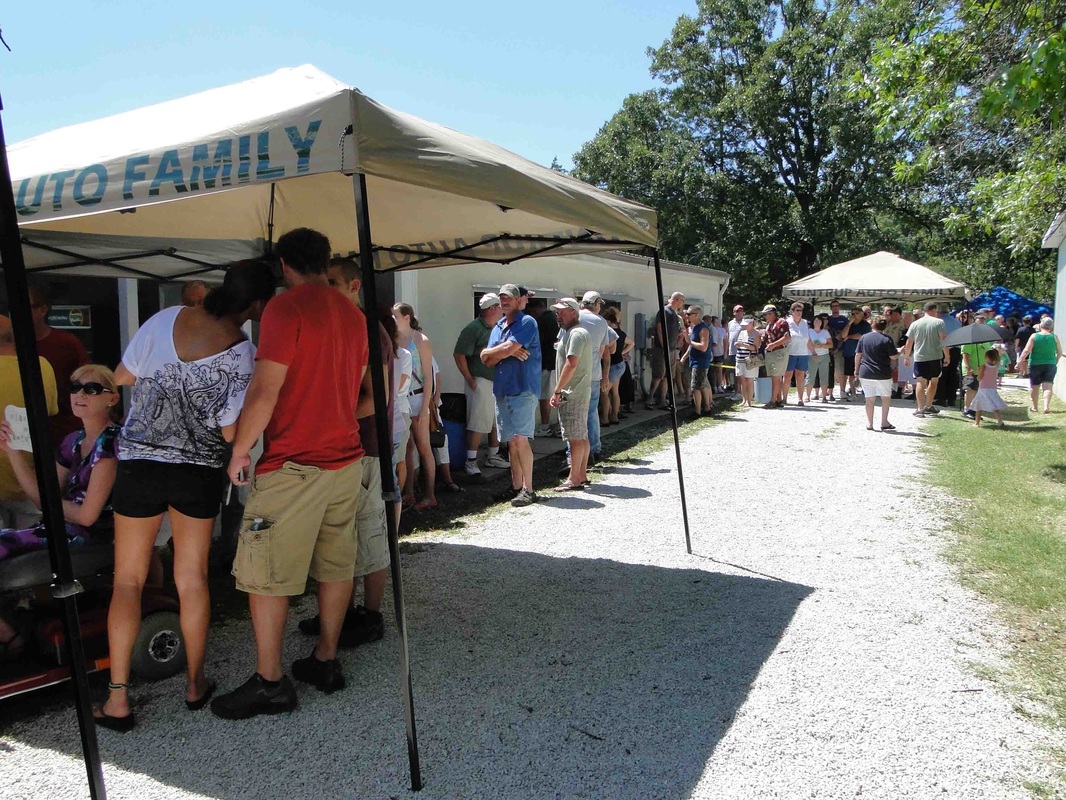


 RSS Feed
RSS Feed
